A brief history of chaos
25 August 2020
Chaos
In deepest winter of 2020, unusually strong, wet weather raged across Catalunya. Storm Gloria, in January, brought heavy rainfall that cascaded across Empordà. Torrential rain battered rooftops. The river Fluvia rose and burst its banks. Our little town found itself underwater.
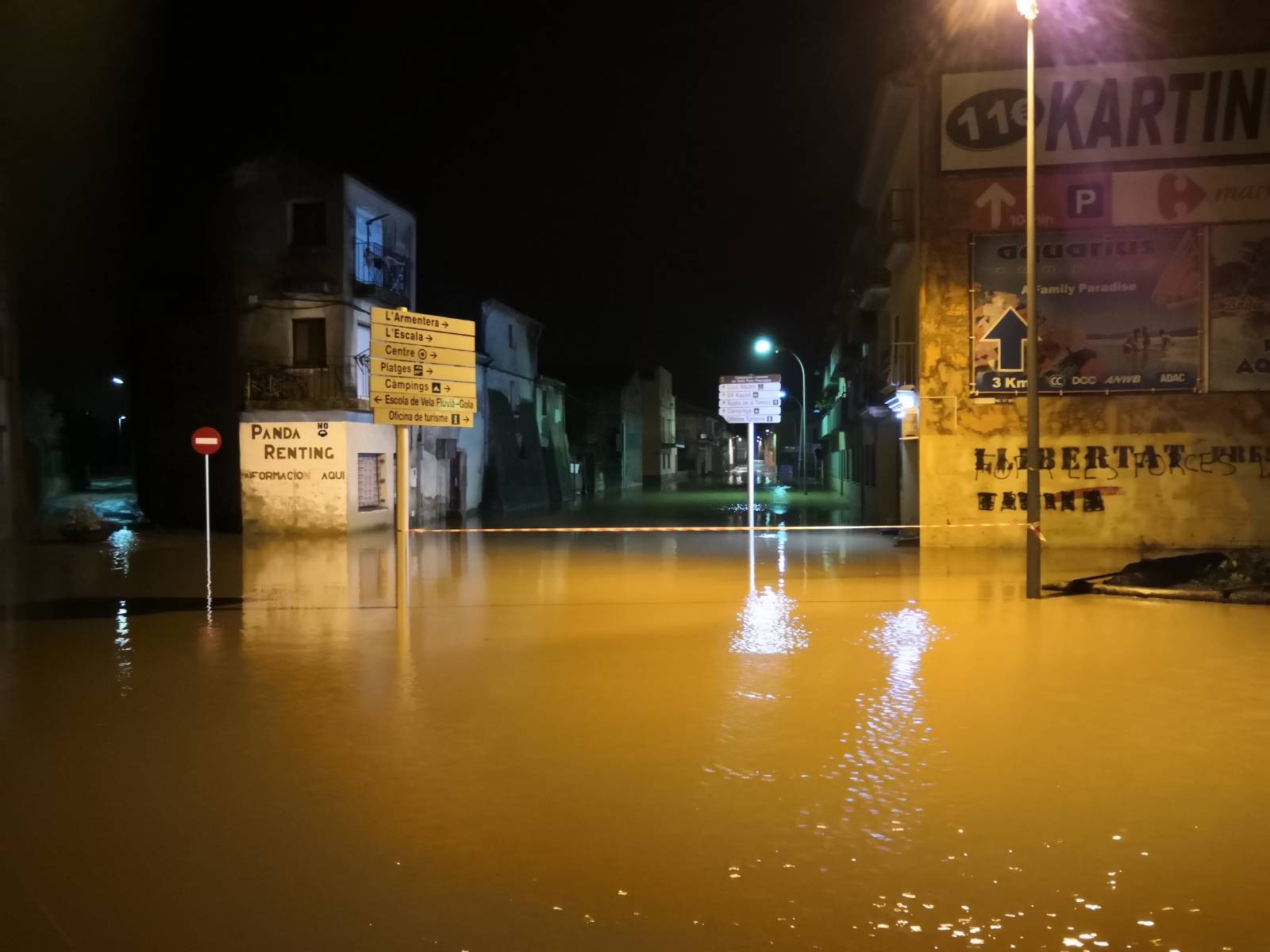
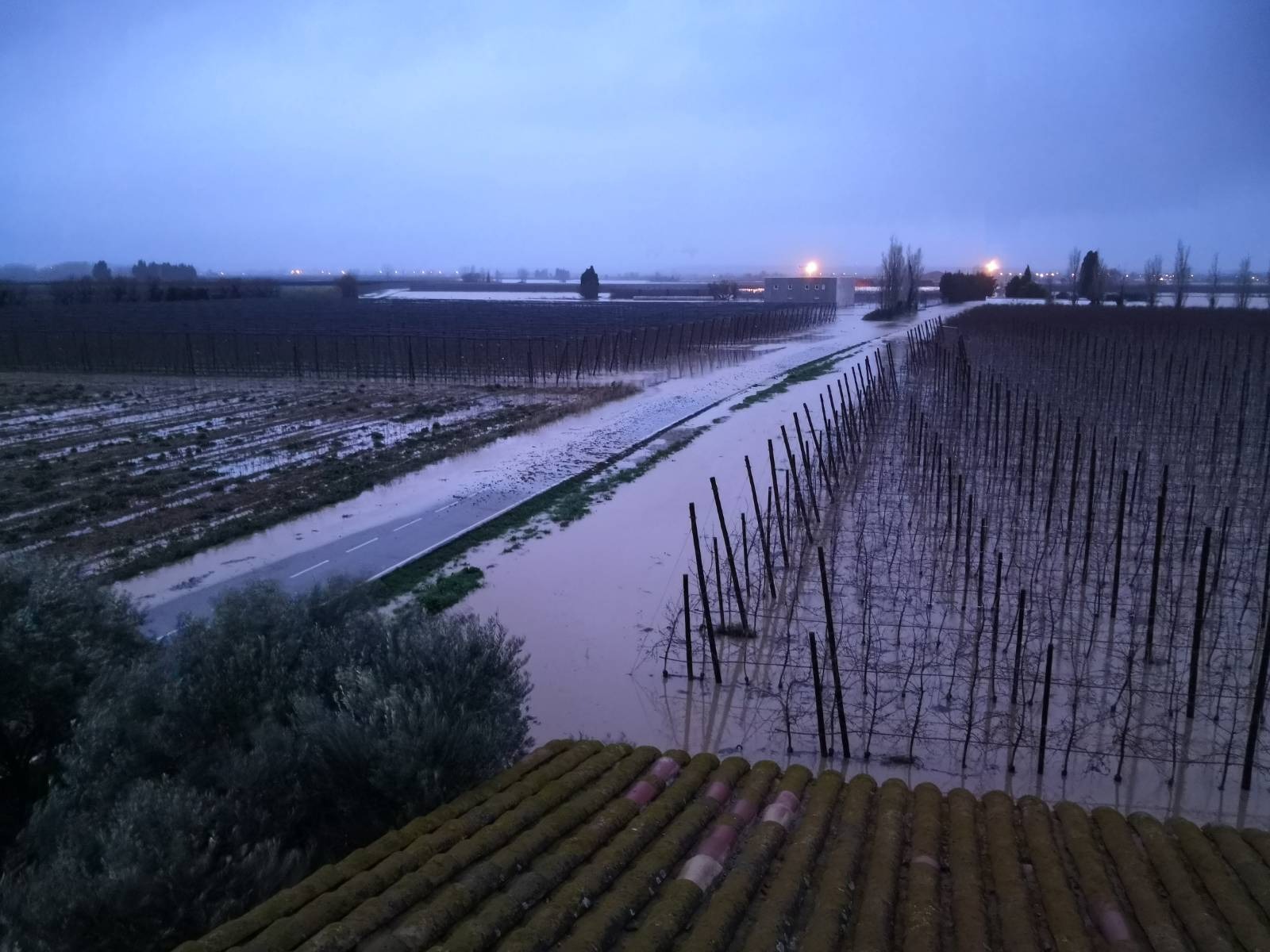
Animal life huddled in burrows or clung to sodden trees. Some were more lucky, like the woodworm hidden inside lumber, protected from the winds and rains. They simply went about their business, chewing slowly through their homes.
Pandemic
There was another storm, a biological one, that was beginning to sweep the globe too. In the spring of 2020, the countries of the world responded to the pandemic and initiated lockdowns.
Work stopped. Travel stopped. Life stopped. At least, human life.
Unaware and unaffected by the human upheaval, thousands of woodworm continued their happy lives, feasting on the generous home in which they lived: a thick beam of wood, supporting the east roof of the Mill. The extra moisture made the wood more tender. The heat of spring hastened their activity.
At some point, the strain of supporting concrete and tile already battered by unexpectedly heavy rainfull proved too much.
The central beam gave way. A neat, postage stamp shaped section of the roof shattered and plunged to the floor. The lateral beams were strewn around like matchsticks.
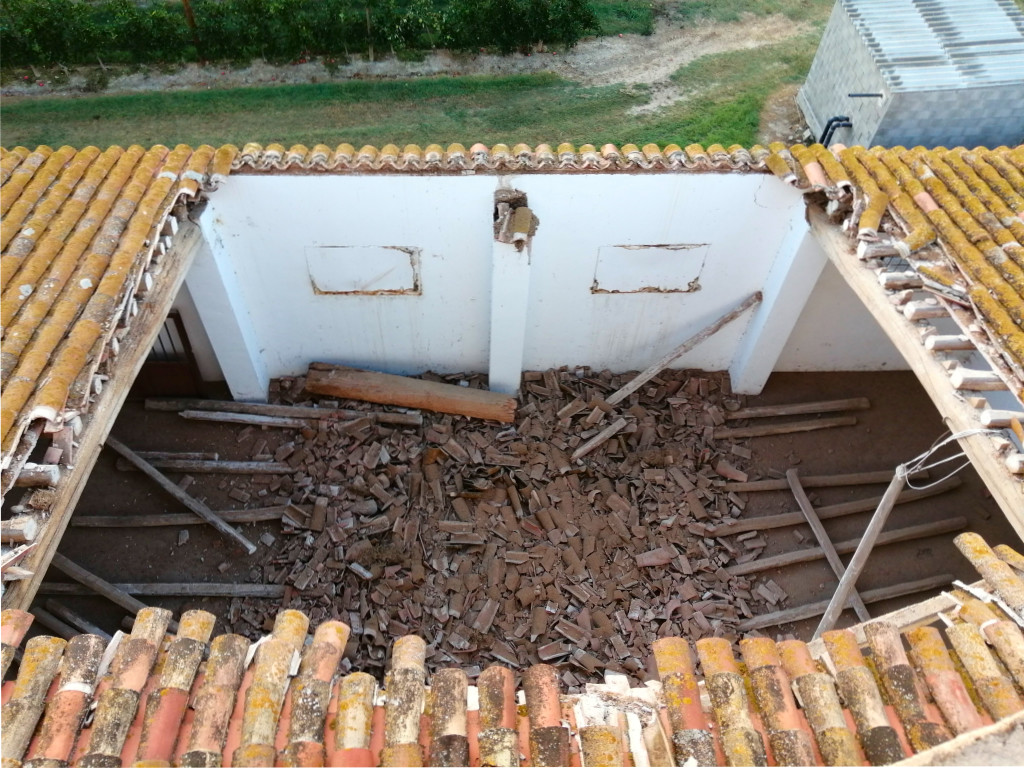
A Pause
Due to the pandemic, and the lockdowns, nothing could be done for months. The rubble sat in a pile, washed by the rain, baked by the sun.
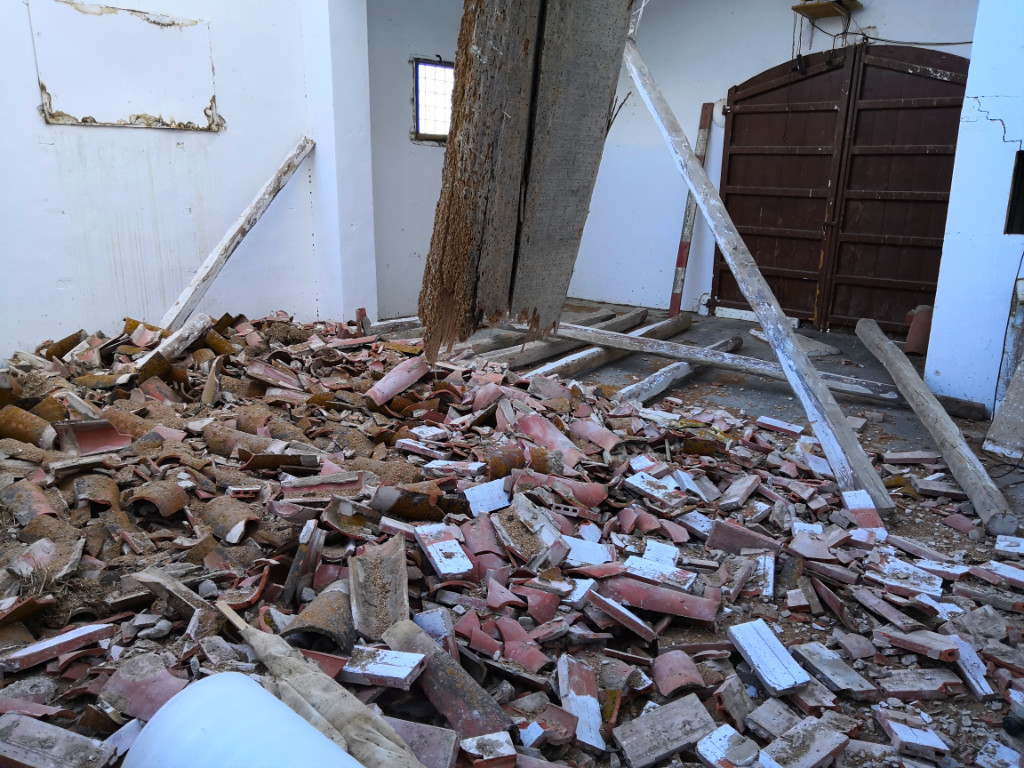
Eventually, as the weather brightened, the pandemic subsided, work and travel began again, we arranged for the rubble to be cleared, along with the dangerously unstable roof, which could not remain up.
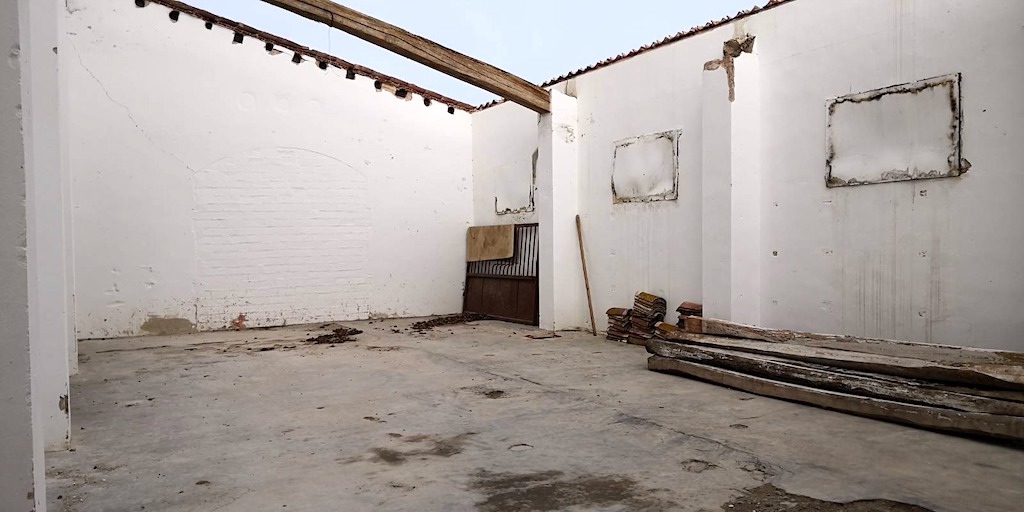
We were left with another problem.
It would cost too much to replace the roof as it had been. We spent long hours considering options: metal beams, metal roof, plastic tiling. Nothing was affordable. Nothing was quite right.
Then, a fresh idea emerged out of the chaos. Edward de Bono attempts to elicit these novel ideas by signalling lateral thinking shifts with the exclamation “po”, to indicate the next suggestion is wild and different but should be considered seriously. The creative framework of ChOrd suggests that after long consideration of a well-defined problem, stepping voluntarily into creative chaos will naturally produce novel, applicable ideas.
After almost a year of losing the roof, clearing the rubble, and trying to find a solution to replace the roof, a new idea emerged.
What if there were no roof?
We sat in the large, empty space, looking up at the sky, and considered this wild and different idea.
What if there were no roof?
What then?